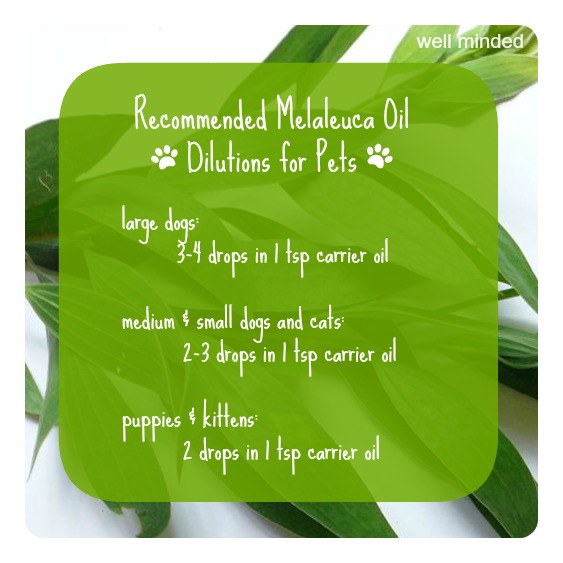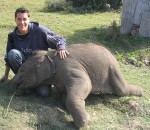When I was pregnant with my first child, a couple of my friends gave me some lovely gifts in a beautifully-lined wicker basket that was about the size of a laundry basket. I deemed that the toy basket for my newborn son and vowed that he would never have more toys than could fit in that basket. My children would not be spoiled. They would play with blocks and other unbranded toys that would challenge their imaginations and grow their minds. And then I became an actual parent, not just a hippie fantasy parent.
We outgrew the basket immediately, and soon we couldn't live without Transformers, Diego, and Superman. Things felt a bit out of control, so I had to draw the line. No guns. Absolutely no guns. Then came friends. And they had guns. Water guns, Nerf guns–you name it. So then, the things in my house that were not guns became guns. Sigh. And then we got a Nerf gun as a gift, and now we have a gun collection and a glass jar full of various ammo.
You might think I have no backbone when it comes to my kids. You might be right.
I do my best to get all of these things from our favorite kids' consignment store, and my kids swap toys with their friends all the time, so while we consume and consume, we try to be as conscious about it as we can.
I thought all this toy stuff would get even worse with my daughter, but it didn't. She was surprisingly happy to play with the blocks and Hot Wheels we already had. At four years old, she's now into anything dress-up, including makeup, jewelry, and tattoos. I'm cool with that. She's expressing herself by making up all types of scenarios about going to work and being royalty ad being a dancer/rockstar/doctor/teacher. With tattoos and lots of lip gloss.
She has a couple of beloved stuffed animals, but, aside from that, she's never really been drawn to anything doll-like.
I have never been so happy about that until I saw the commercial for Pinkie Cooper and the Jet Set Pets.

I'm not versed enough in child psychology or feminine perspectives to write a Pulitzer Prize-winning article about all of the negatives or positives this toy can do for a child's self esteem, but I will say that my gut reaction was, "WTF?"
So here we have dogs–no humans–no, dogs! Oh, I don't know...I'm so confused. They don't look like dogs or humans. What do I know?
They are dolls targeted toward young girls. They have Barbie-like bodies, fashionable clothes, dog-like heads that are not proportionate to the body...Oh, what am I saying?! How do you make a out-of-proportion dog head proportionate to an out-of-proportion female body. And then there is the hair/ears. I mean, if it's a dog head, it should have ears, right? But, no. In place of dog ears, we have long, silky hair (oh, and you can switch out the hair with the other dolls, ensuring consumer purchase of the whole collection of dog-people dog dolls).
They seem to have makeup on, don't they? Does makeup apply well to fur? Because it is a dog head, right?
Okay, so it's a toy and doesn't have to be realistic. I've often been accused of not being able to let go of my adult brain and go-with-the-fantasy-flow. So I ask myself, what's my problem with these toys? And why did I tell my daughter "no" before she even had a chance to say she liked them?
Is it the sex part? I mean, these dog-girls are sexy. But then, they have these big baby eyes. So now they're child-like and sexy at the same time. Why am I semi-okay with Barbies and okay with dog toys, but am having a visceral reaction to these toys? If not the sex part, then maybe it's the creepy part. They are creepy, right?
What message are we sending...that's always the question. I'm not claiming to know. But I know that our little girls need not be this sexy, and our dogs need not be this sexy, and they definitely need not be sexy and babyish at the same time. I guess their creative aspect is that they can switch their hair. But what do they do? At least Barbie has a career or two. Maybe the uplifting self-esteem affirming message to our girls in all this is that it's okay to be sexy even if you have a face like a dog?
If you expected this to be some in-depth psychological study, I'm sorry do disappoint. I have none of the answers. What I feel, however, is that this toy is insulting to dogs and to young girls, and I'm not buying it.




 The grand opening date may still be in question, but the mission is not.
The grand opening date may still be in question, but the mission is not.


